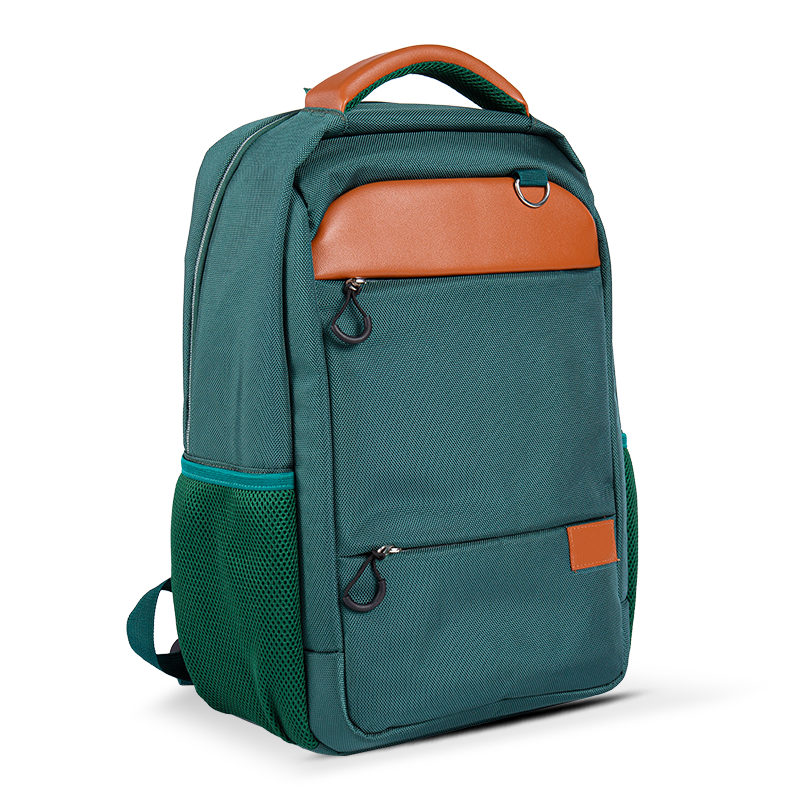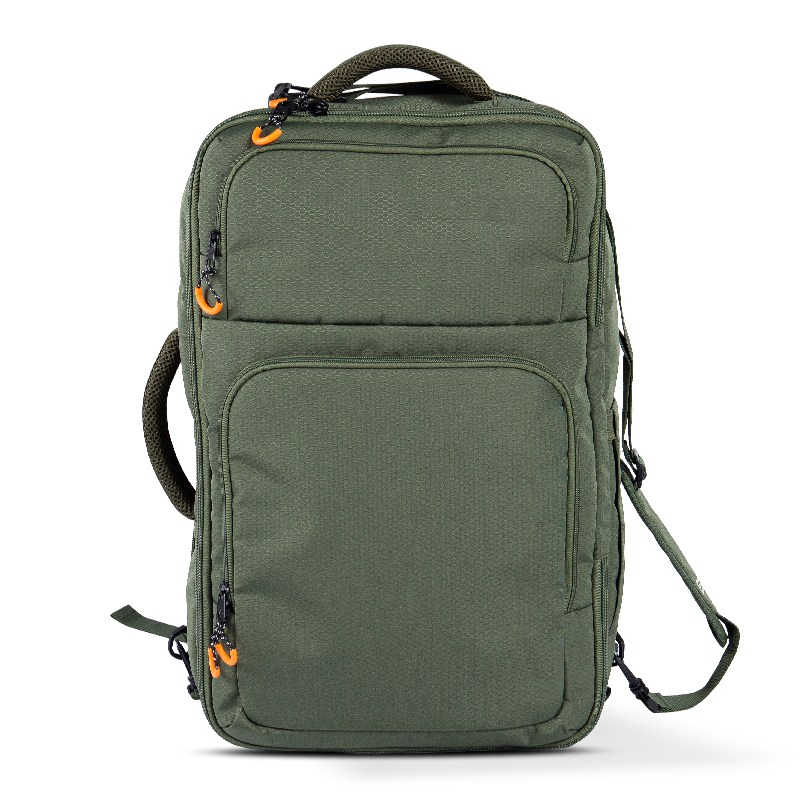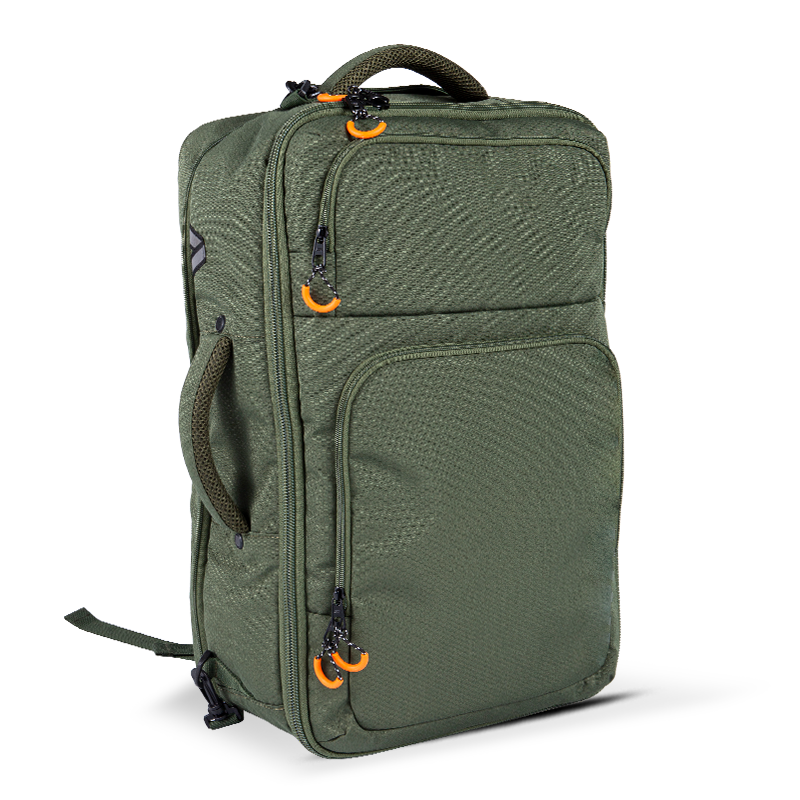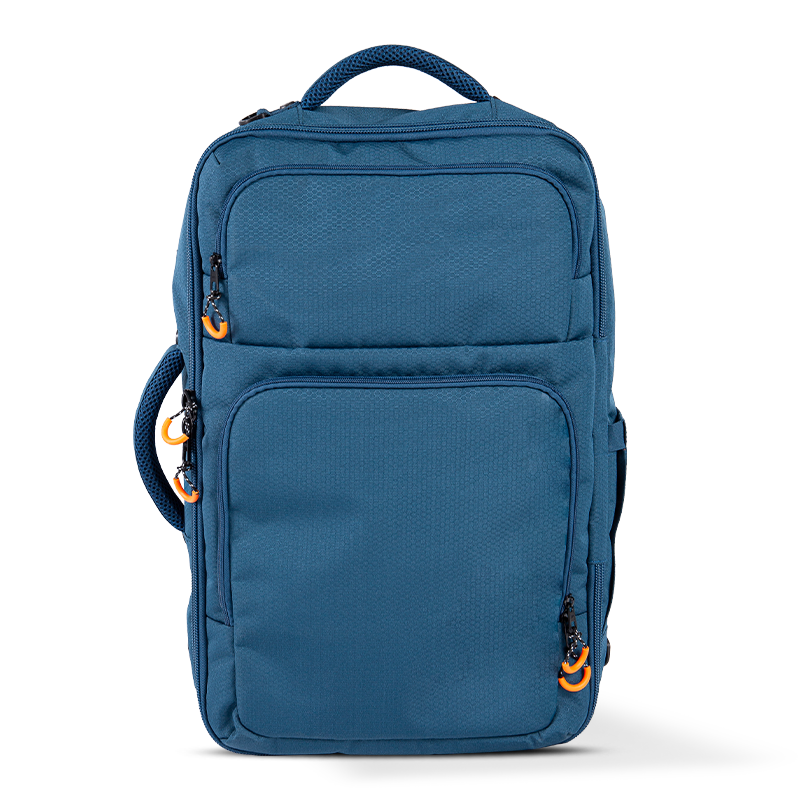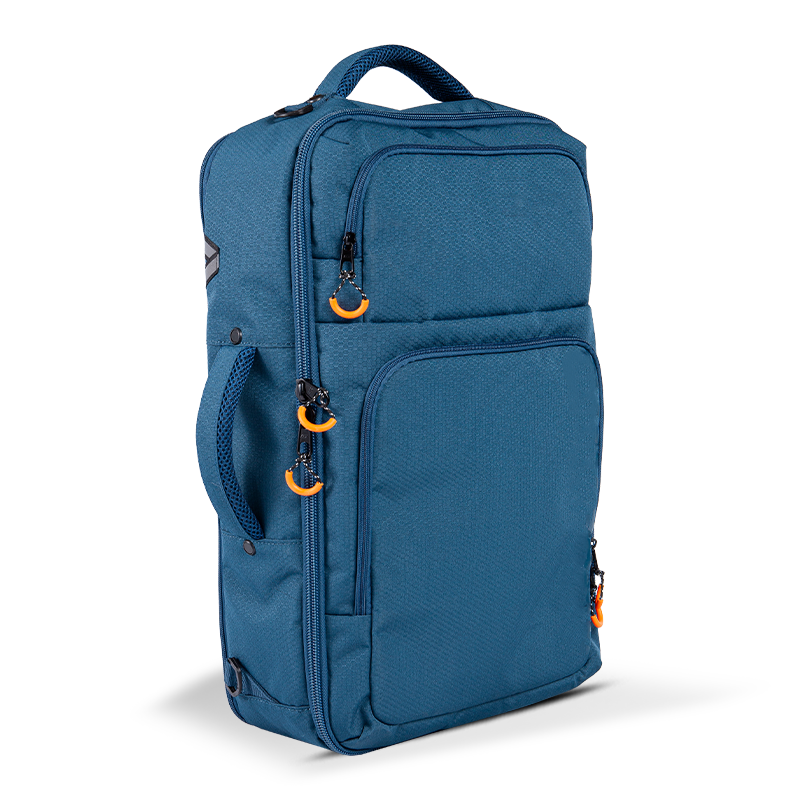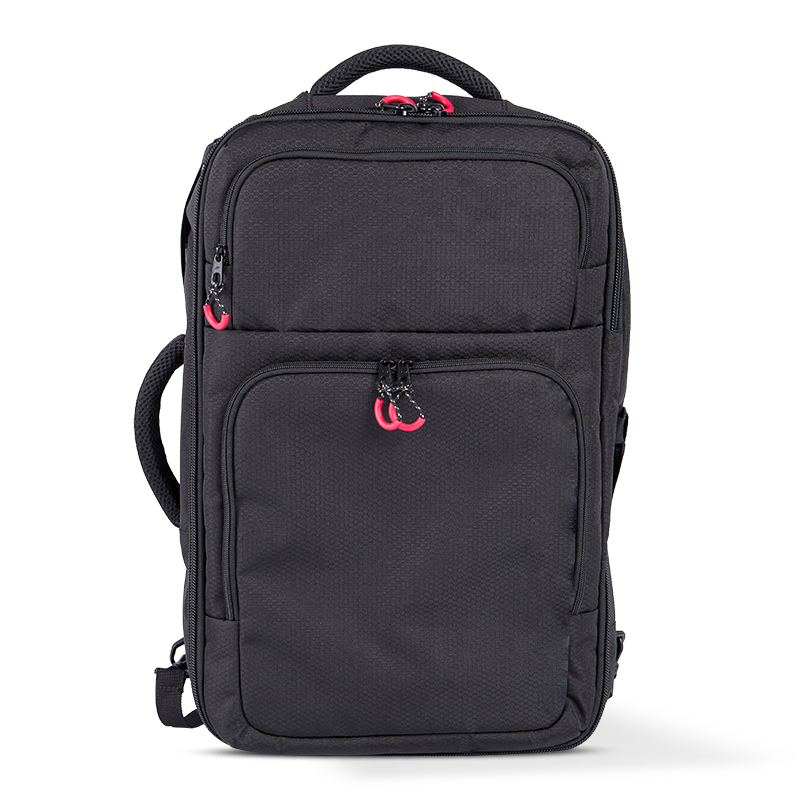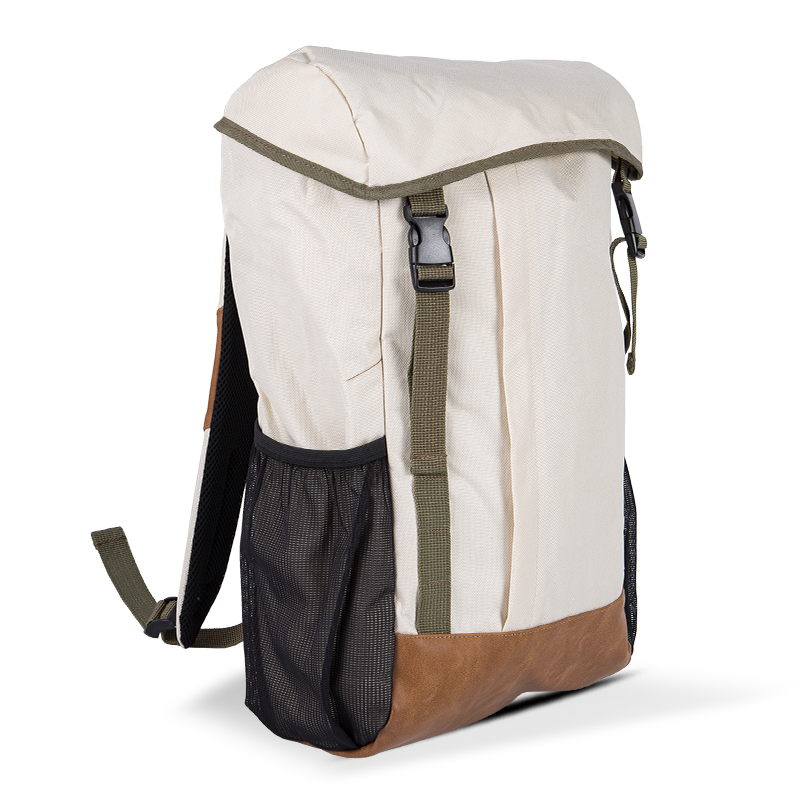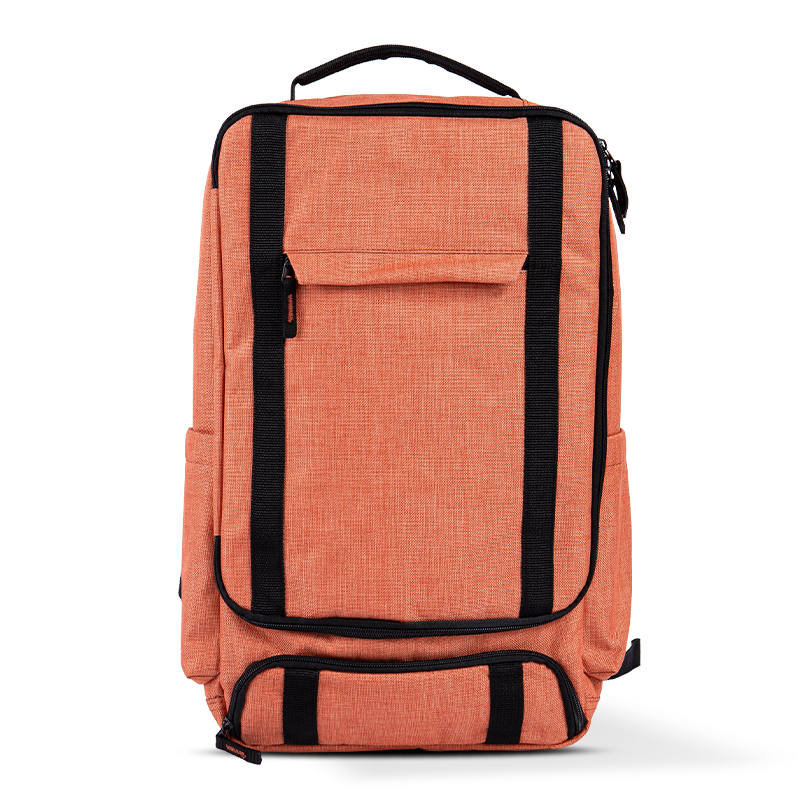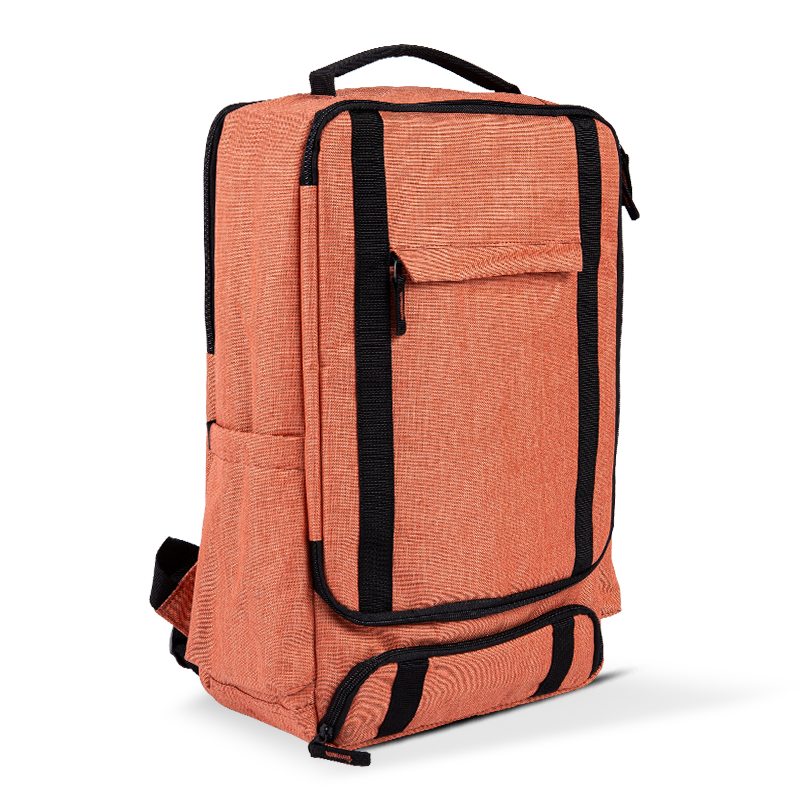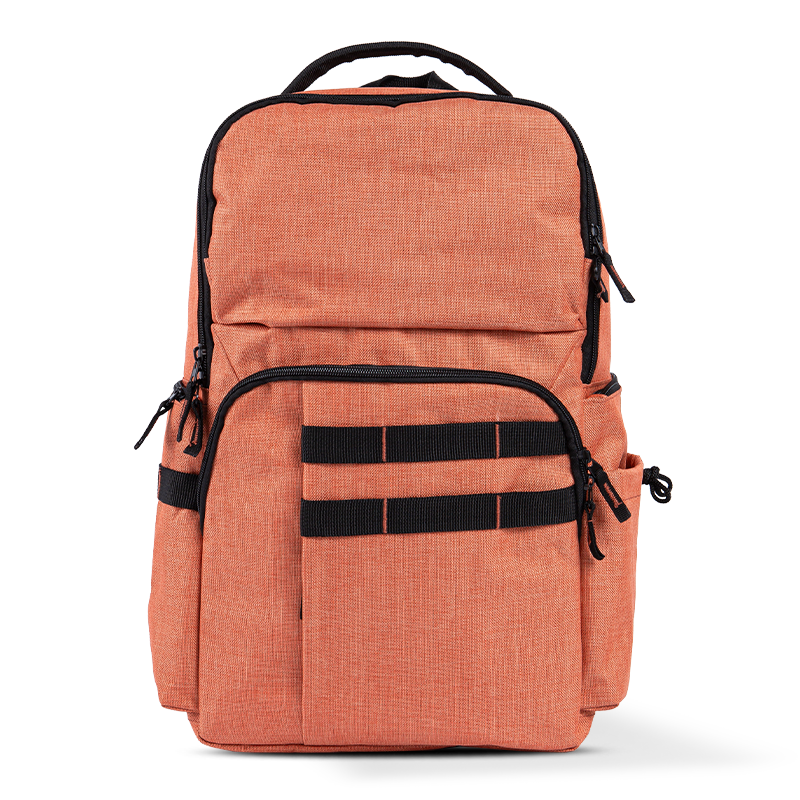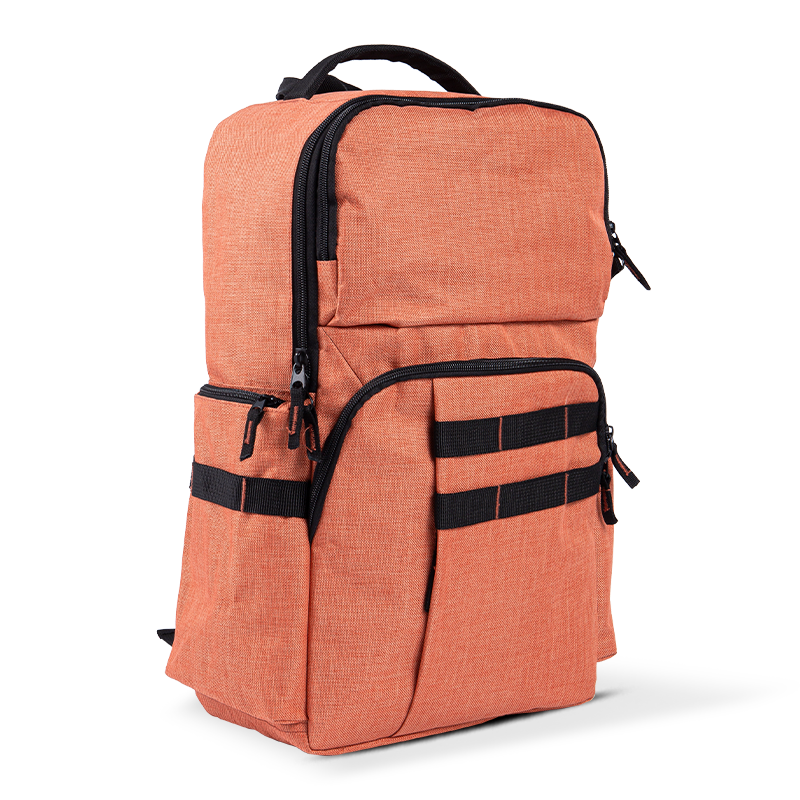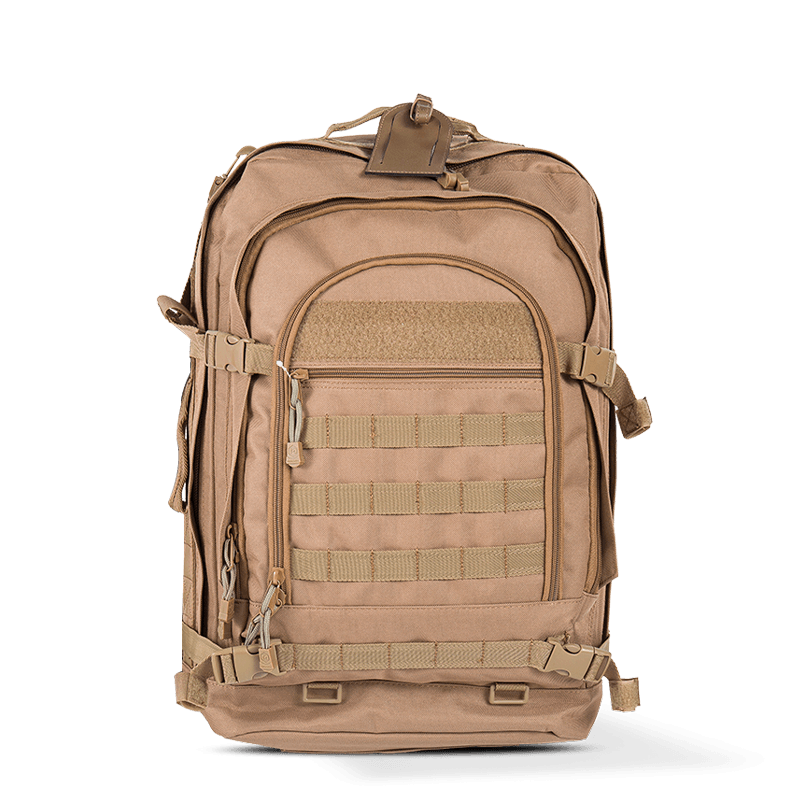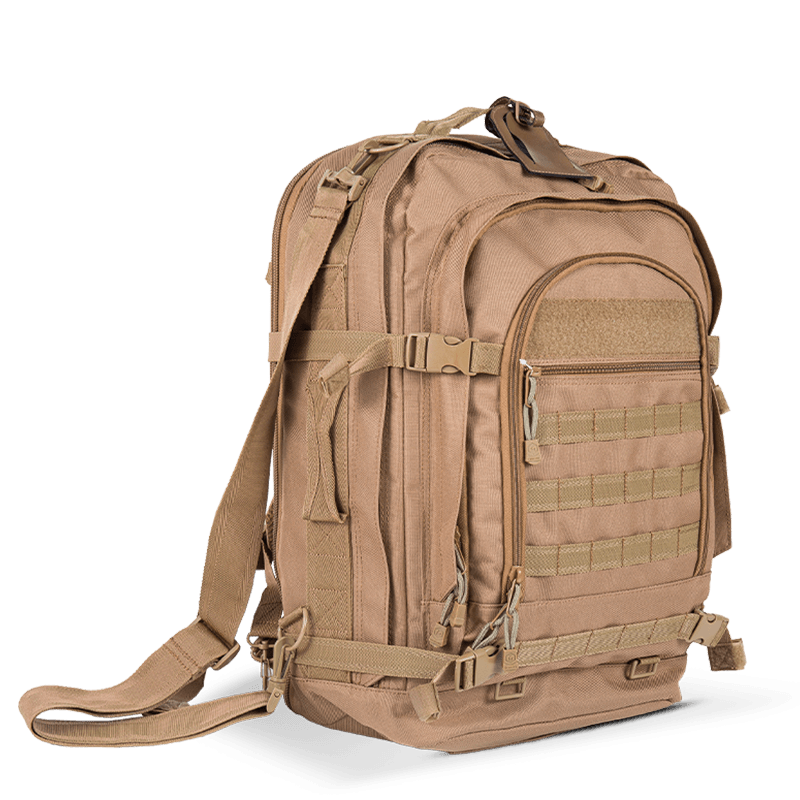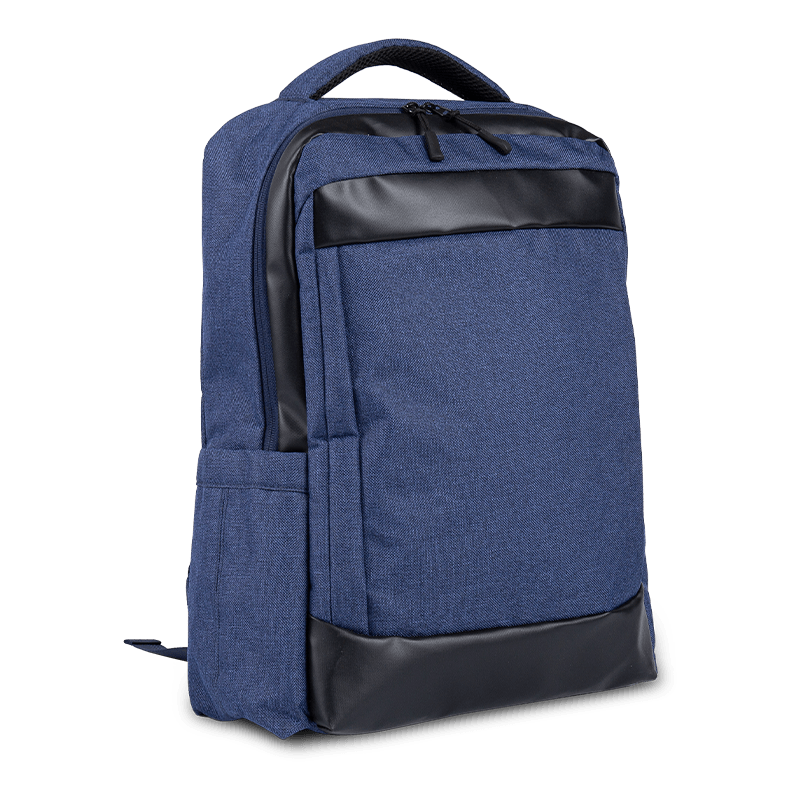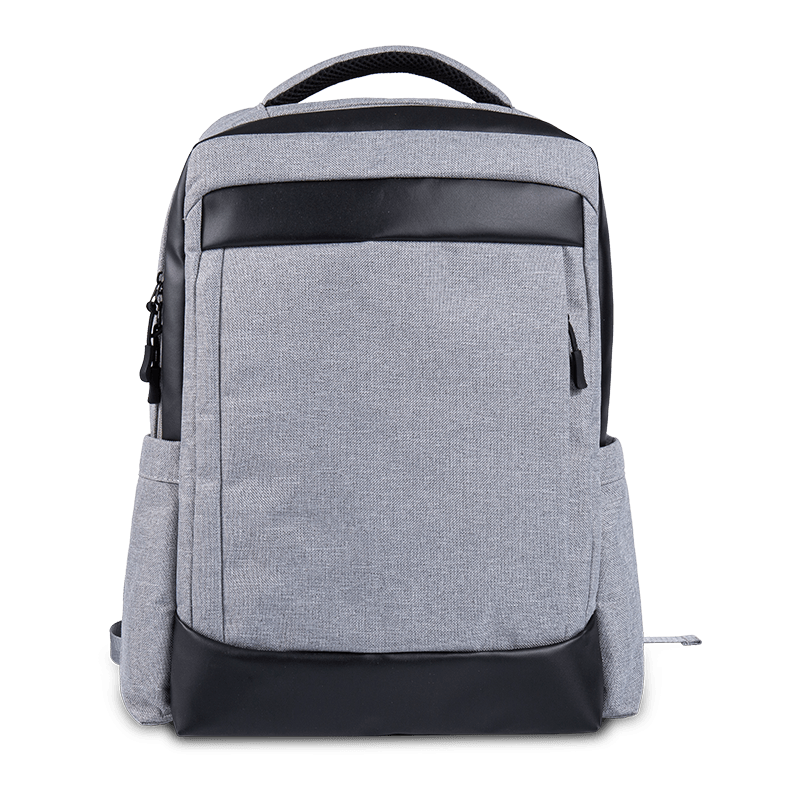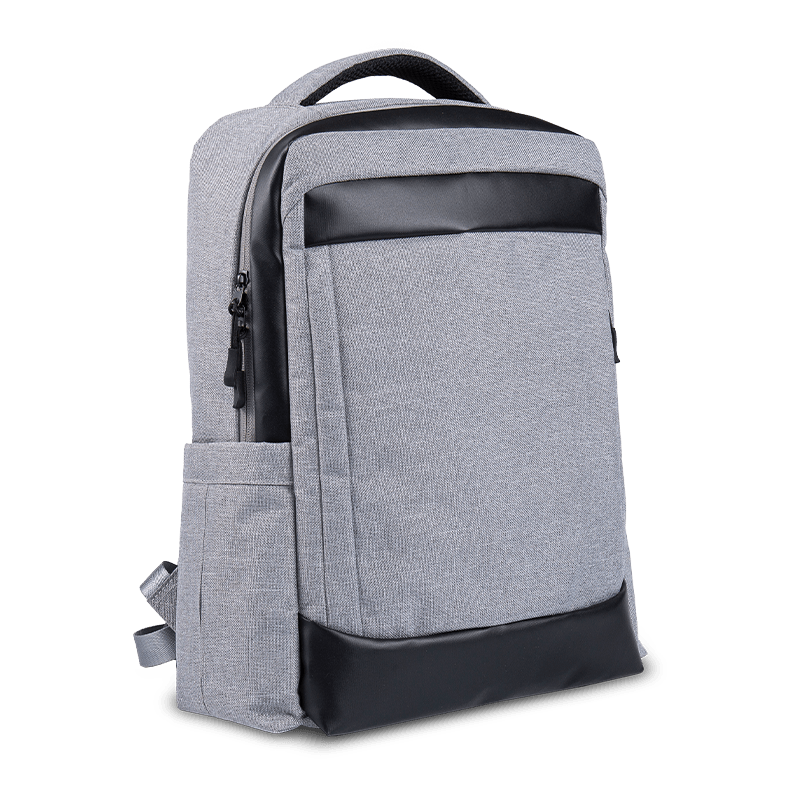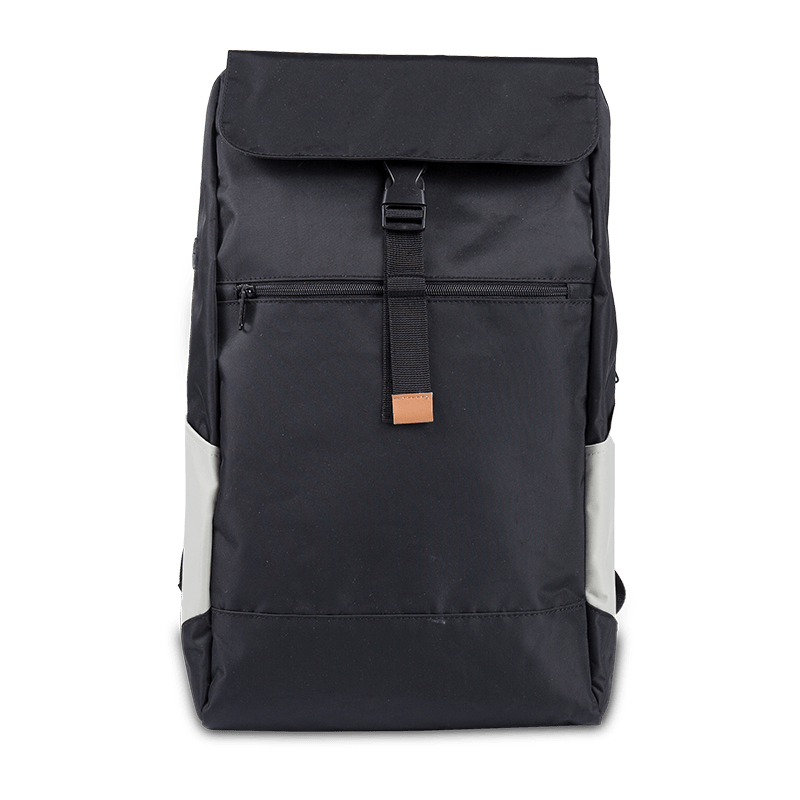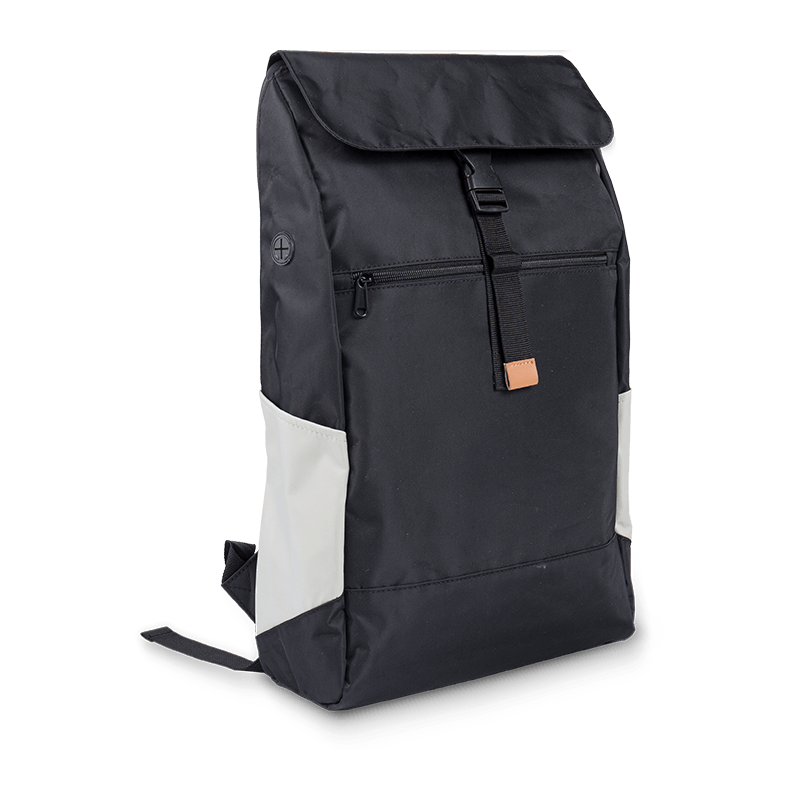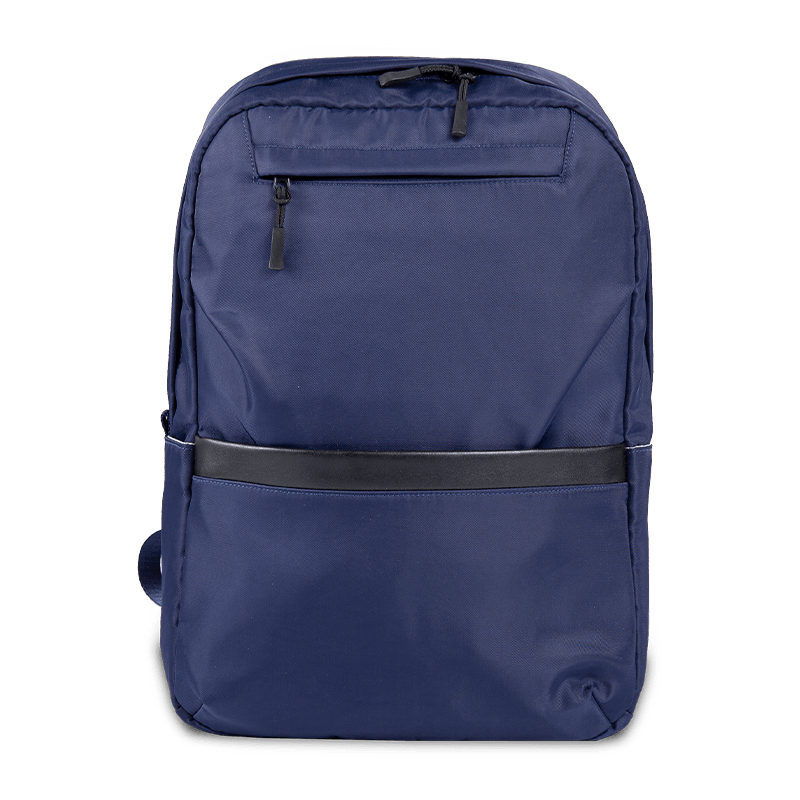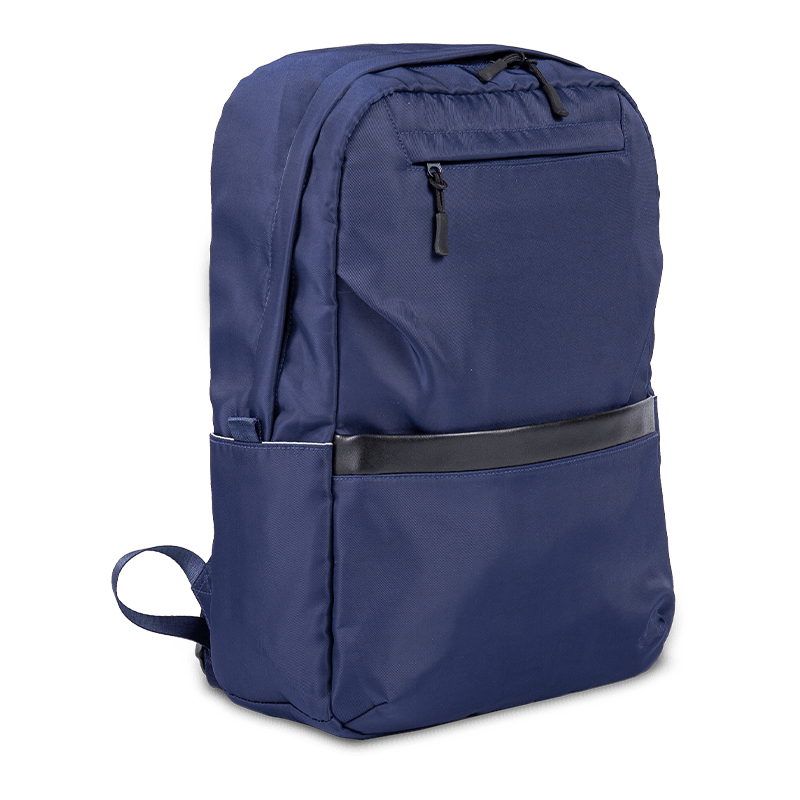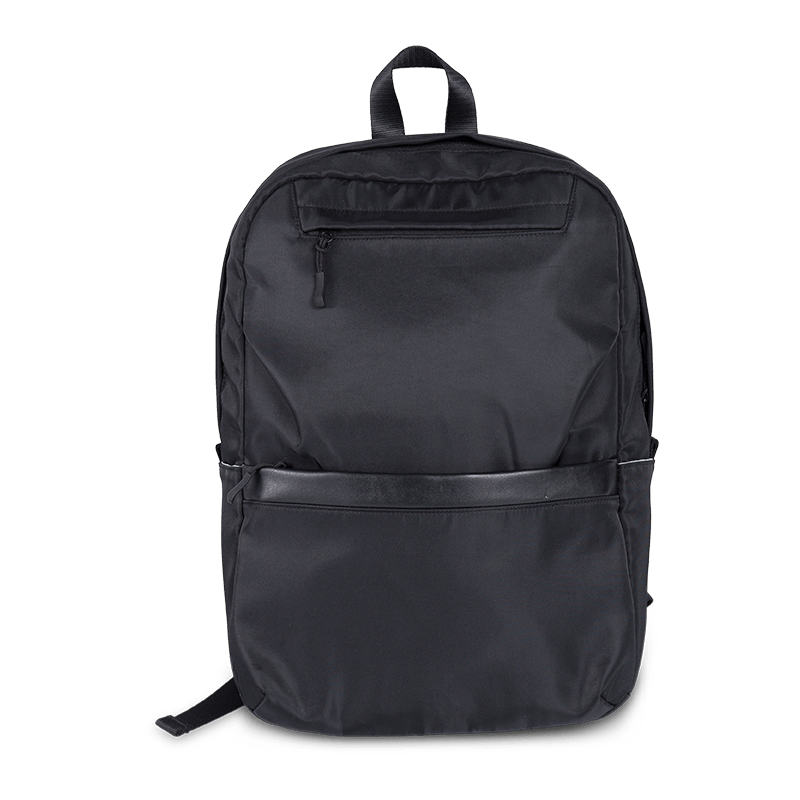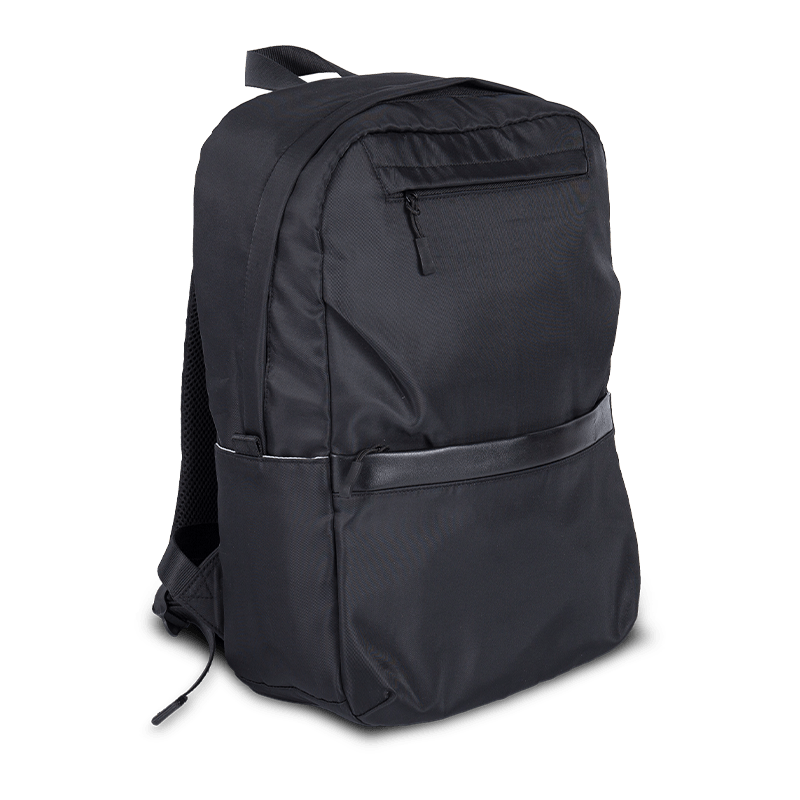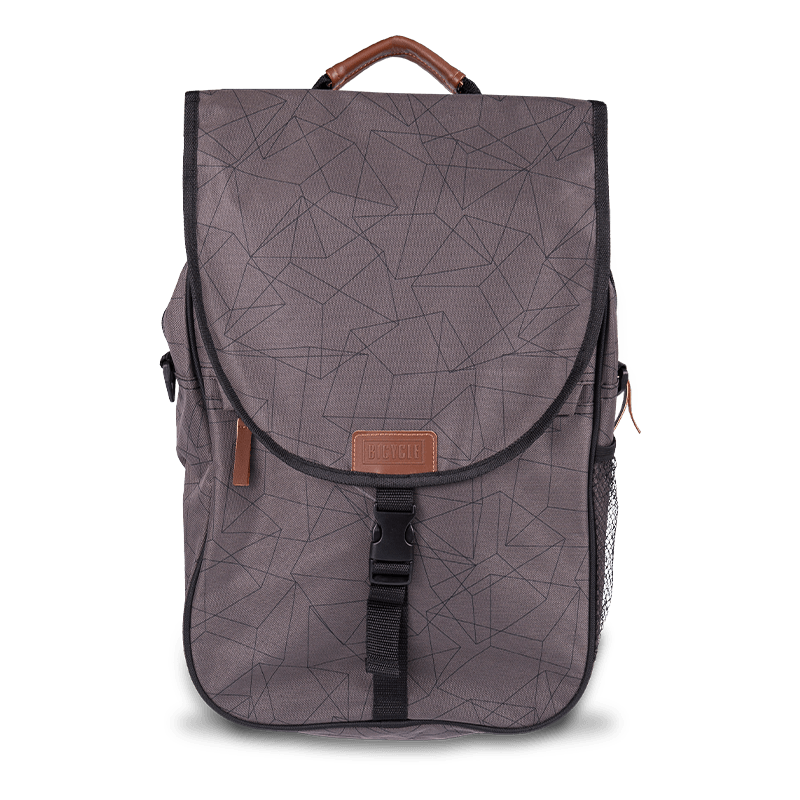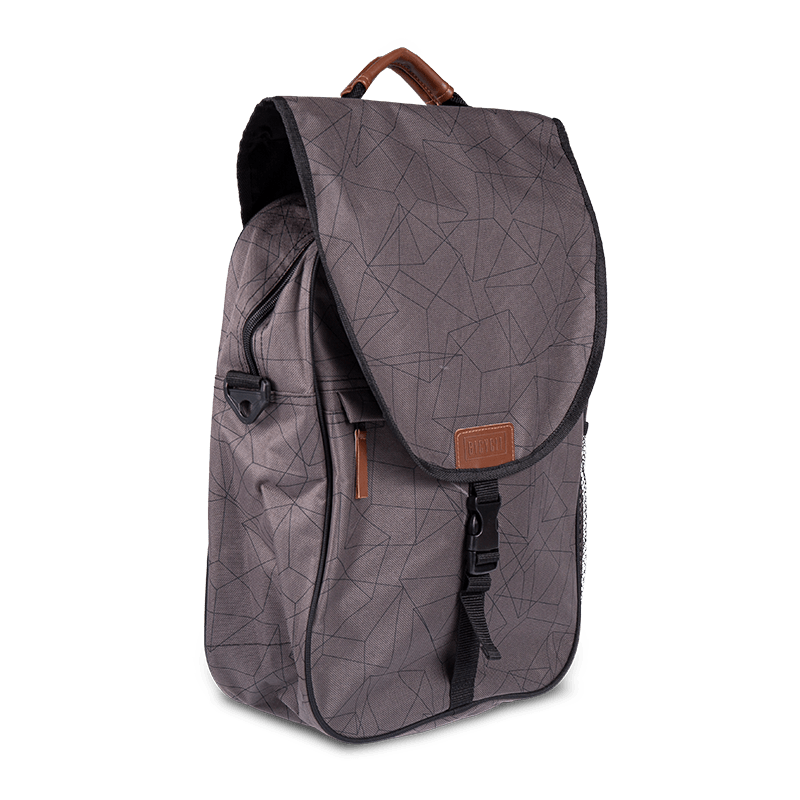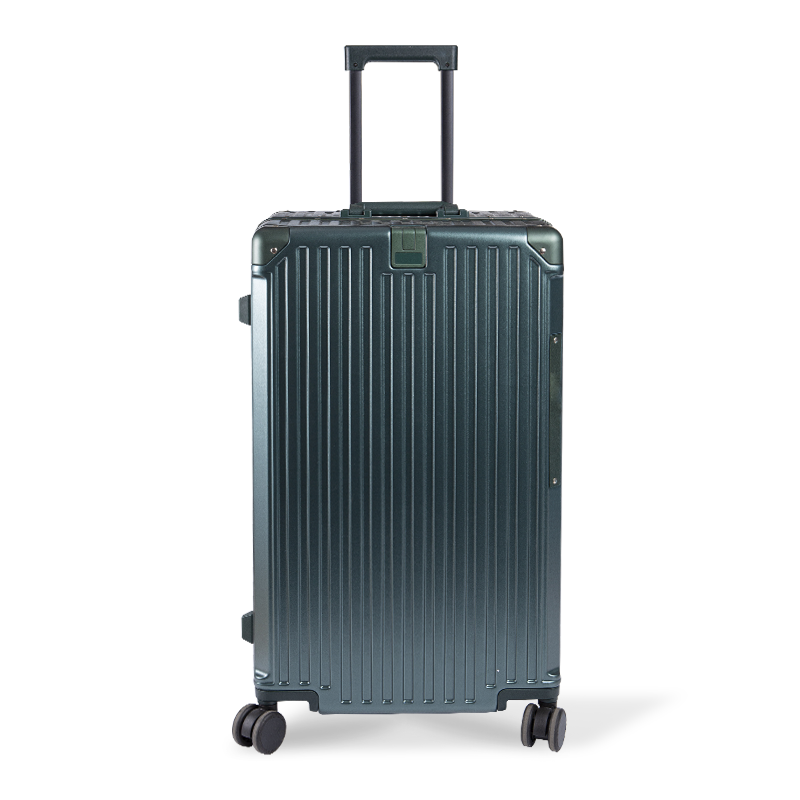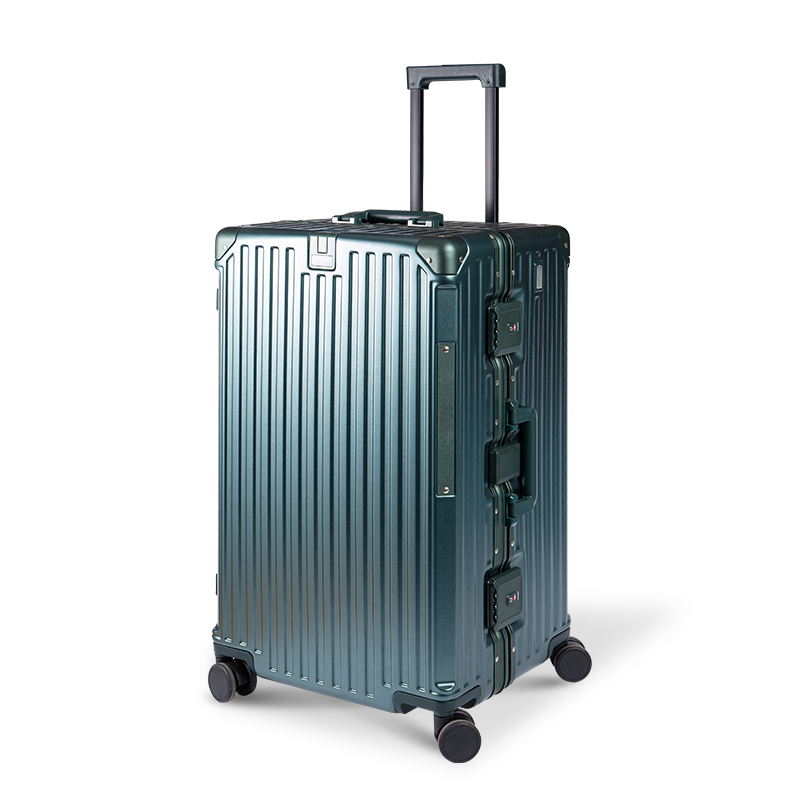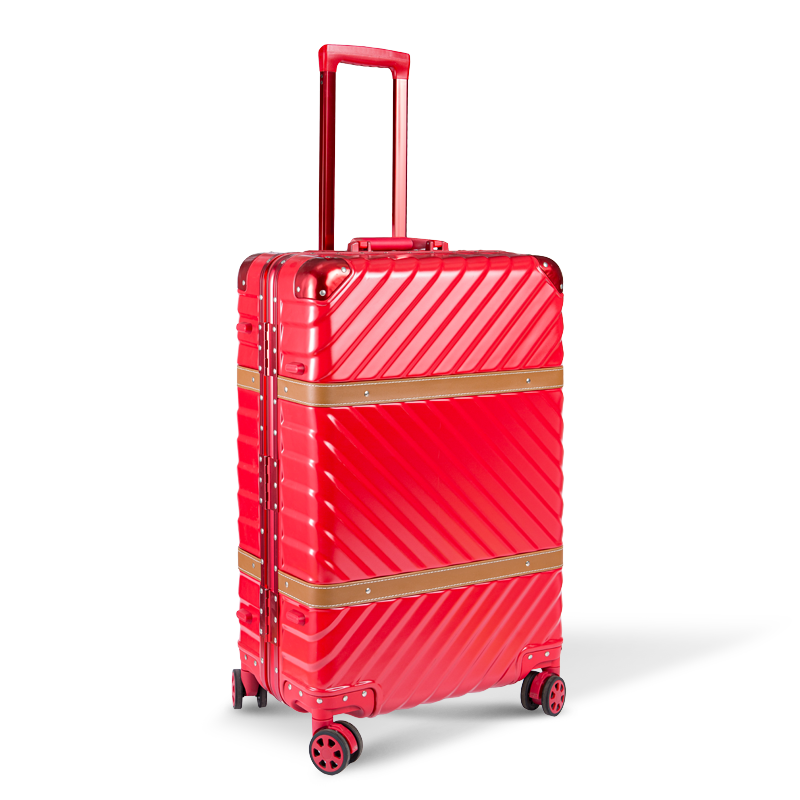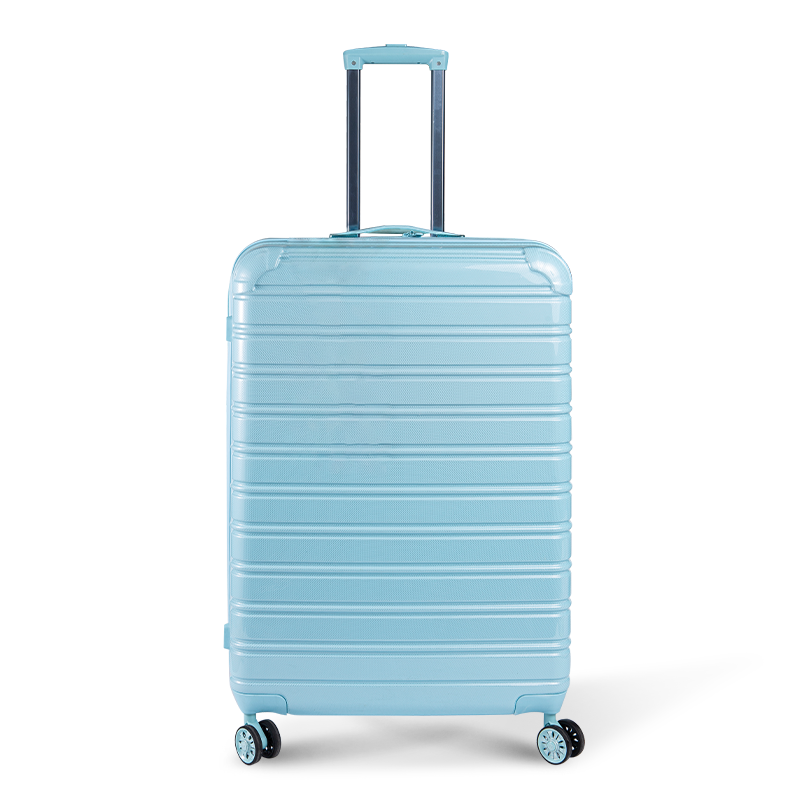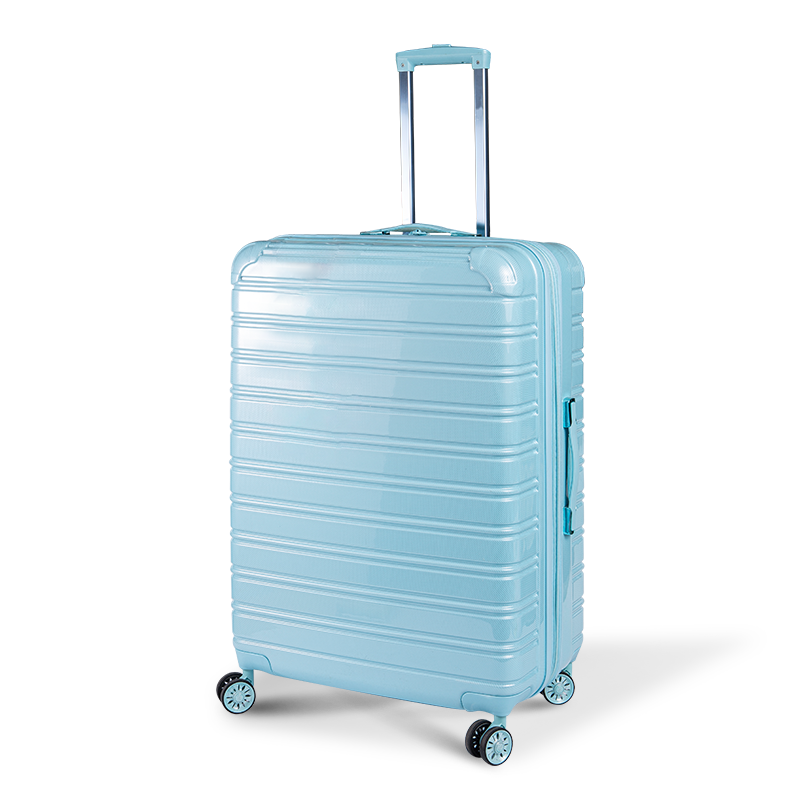Definition and Purpose
School bags, typically crafted from materials like cloth or leather, serve as essential carriers for students. Their primary function is to hold textbooks, notebooks, stationery, and other study - related items. In modern times, they have also become a fashion statement, reflecting a student's personal style.
A Brief History of School Bags
Ancient Times
Early Forms: In ancient times, people used wooden boxes or bamboo - woven containers to hold bamboo slips or books. These were called "exam boxes" or "book boxes." However, they were heavy and inconvenient to carry, merely serving as the rudimentary forms of school bags.
The "Ji": Made of bamboo or rattan, the "Ji" was used to store books, clothes, and medicine. It was worn on the back, and when paper books became more prevalent, it became an ideal tool for carrying books, being one of the early precursors to the modern school bag.
The "Nang": Also known as the "book bag," the "Nang" could be used alone or in combination with the "Ji." When schools were nearby and students didn't need to carry many things, the "Nang" was a common choice, getting closer to the modern - day concept of a school bag.
20th Century and Beyond
Pre - 1950s: School bags during this period were simple. Some were small bamboo baskets, some were cloth bags, and others were small wooden boxes.
1970s: In the 1960s, backpacks in the style of the People's Liberation Army became popular. After the start of the Cultural Revolution, the words "Serve the People" were often printed on these backpacks. This style was not only popular among students but also among many young people.
1980s: As students' books increased in number, the single - strap backpacks inspired by the military style became less practical. Double - strap backpacks emerged, which distributed the weight evenly on both shoulders and had a larger capacity, quickly dominating the market.
1990s and Onwards: With the increasing emphasis on all subjects and the addition of more study materials, students' loads grew heavier. Trolley bags were invented to relieve the burden on students, especially those with small frames who couldn't carry heavy backpacks.
Main Types of School Bags
Backpacks (Double - Strap)
Features: Backpacks are characterized by two straps that are worn over the shoulders. They are widely used in kindergartens and primary schools. Made from various materials such as canvas, Oxford cloth, and nylon, they are designed to distribute the weight evenly across the shoulders and back, reducing stress on the body.
Advantages: They free up both hands, making it convenient for students to move around, climb stairs, or hold other items. They are also suitable for carrying a relatively large number of books and supplies.
Single - Strap Bags
Types: There are two main types: single - shoulder cross - body bags and slings. They are designed to be carried on one shoulder.
Usage and Consumers: Single - strap bags are generally smaller in capacity, making them suitable for carrying a few essential items. They are popular among young people, especially middle school and university students. However, it's important to note that using a single - strap bag for a long time may cause uneven stress on the shoulders, potentially affecting physical health.
Trolley Bags
Design: Trolley bags come with wheels and a telescopic handle, allowing students to pull them along. They are especially useful for students who need to carry a large number of heavy books and materials.
Benefits: They significantly reduce the physical burden on students, as the weight is transferred to the wheels. They are also convenient for students who have to travel long distances to school or who have difficulty carrying heavy loads.
Electronic School Bags
Concept Evolution: Initially, the term "electronic school bag" referred to a service function on some literature reading websites, where read works would be automatically saved in a virtual "bag" for users to read again. Later, it evolved into a handheld device that integrates all textbooks, aiming to replace traditional paper books.
Functionality: Similar to a small computer, an electronic school bag can store a large amount of educational content, including textbooks, reference materials, and even interactive learning resources. Some electronic school bags also support functions such as note - taking, highlighting, and searching, providing a more convenient and efficient learning experience.
Production Process of School Bags
Material Selection
Common Materials: School bags are made from a variety of materials. High - quality materials like 1680D double - ply fabric are considered mid - to - high - end options, while 600D Oxford cloth is more commonly used. Canvas, 190T, and 210 materials are often used for simpler drawstring - style backpacks. Leather, nylon, and canvas are also popular choices for single - strap bags.
Considerations: When selecting materials, factors such as durability, lightness, and environmental friendliness are taken into account. For example, lighter materials are preferred for school bags to reduce the overall weight carried by students.
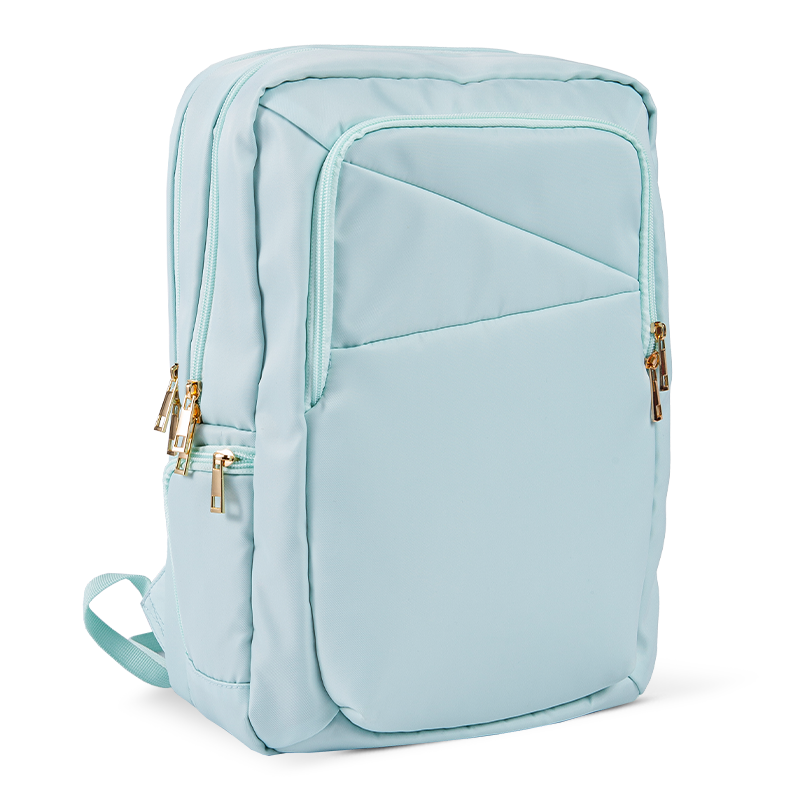
Pattern Making and Sampling
Design Phase: Designers create the initial sketches of the school bag, considering factors such as functionality, style, and ergonomics. They determine the size, shape, number of compartments, and the placement of straps and pockets.
Sampling: After the design is finalized, samples are made. This involves cutting the selected materials according to the design specifications and sewing them together. The sample is then tested for functionality, durability, and comfort.
Cutting and Sewing
Cutting: The selected materials are cut into the required shapes and sizes using cutting machines or tools. Precise cutting is crucial to ensure that the pieces fit together correctly during the sewing process.
Sewing: Sewing is the most important step in the production process. Different parts of the school bag, such as the front and back panels, side pockets, and straps, are sewn together. High - quality sewing ensures that the seams are strong and durable. Specialized sewing techniques may be used for areas that require extra strength or for decorative purposes.
Assembly and Finishing
Assembly: After the individual parts are sewn, the bag is assembled. This includes attaching zippers, buckles, and other hardware. The straps are adjusted and fastened to the main body of the bag.
Finishing Touches: The finished bag is inspected for any defects, such as loose threads or uneven seams. It may then be cleaned, pressed, and labeled before being packaged for distribution.
Quality Standards of School Bags
For Backpacks
Workmanship: High - quality backpacks have neat and even stitches at every corner and seam. There should be no loose threads or skipped stitches. Intricate embroidery, if any, should be well - crafted.
Materials: The choice of materials affects the durability and quality of the backpack. As mentioned earlier, better materials like 1680D double - ply fabric contribute to a higher - quality product.
Back Structure: High - end backpacks, especially those for outdoor or military use, have complex back structures. They often contain at least six layers of pearl cotton or EVA for cushioning and ventilation, and may even include aluminum frames. In contrast, regular backpacks usually have a 3MM - thick pearl cotton ventilation board, and simple drawstring backpacks may have no additional padding.
For Single - Strap Bags
Material Quality: The materials used should be environmentally friendly and non - harmful to the body. Leather, nylon, and canvas should be of good quality and suitable for the intended use.
Structural Integrity: The bag's structure should be sturdy, with strong seams that do not easily come apart. Zippers, buttons, and shoulder straps should be durable and easy to use.
Safety Considerations: The design should avoid sharp edges or parts that could cause injury. Additionally, some bags may be designed with anti - theft or water - resistant features, depending on the target market.
Ergonomics: The bag should be designed to fit the body comfortably, reducing stress on the shoulders. Shoulder straps may be padded or adjustable to ensure a proper fit.
Popular School Bag Brands
Disney: Disney - branded school bags are well - known, especially their Mickey Mouse - themed backpacks. With a wide range of licensed products, including those related to Disney princesses and Marvel, they are popular among children for their fun and recognizable designs.
JanSport: Founded in 1967 in the United States, JanSport is a popular brand among students. Their backpacks are known for their solid durability, diverse styles, and are part of the VF Group, which is a major player in the apparel and accessories industry.
Nike: Nike's school bags are designed with functionality, durability, and style in mind. They come in various sizes and feature smart organizational elements, such as internal zipped pockets, side pouches for water bottles, and adjustable padded straps for comfort.
Samsonite: A well - established brand in the luggage and bag industry, Samsonite also produces school bags. Their products are known for their quality construction, often using durable materials and advanced design features.
How to Choose a School Bag
Size and Fit
Height Compatibility: The size of the school bag should be appropriate for the student's height. A smaller bag that can hold all the necessary items is recommended. Generally, the bag should not be wider than the student's body. When worn, the bottom of the bag should not be lower than 10 centimeters below the student's waist, and the top of the bag should not be higher than the student's head. The waist strap, if applicable, should be positioned 2 - 3 inches below the waist.
Comfortable Fit: The bag should fit comfortably on the back, sitting in the middle rather than hanging low on the hips. Adjustable straps are important to ensure a snug fit for different body sizes.
Functionality
Internal Design: A well - designed school bag should have multiple compartments to help students organize their books, stationery, and other items. Separate pockets for pens, notebooks, and textbooks can make it easier for students to find what they need quickly.
Additional Features: Some bags come with features like water - resistant materials, reflective strips for safety in low - light conditions, and detachable pencil cases. These features can add to the functionality and convenience of the bag.
Material and Weight
Lightweight Materials: Since students already carry a significant amount of weight in their school bags, choosing a bag made of lightweight materials is essential. This helps to reduce the overall burden on the student's body.
Durable Materials: At the same time, the material should be durable enough to withstand daily wear and tear. High - quality fabrics and sturdy hardware ensure that the bag will last for a long time.
Style and Personal Preference
Reflecting Personality: School bags can be a way for students to express their personalities. Brands offer a wide range of colors, patterns, and designs, from bright and bold to more subdued and classic. Students should choose a bag that they like and feel comfortable carrying.
Compliance with School Rules: In some schools, there may be dress codes or rules regarding school bags. It's important to choose a bag that complies with these regulations while still meeting the student's needs and preferences.

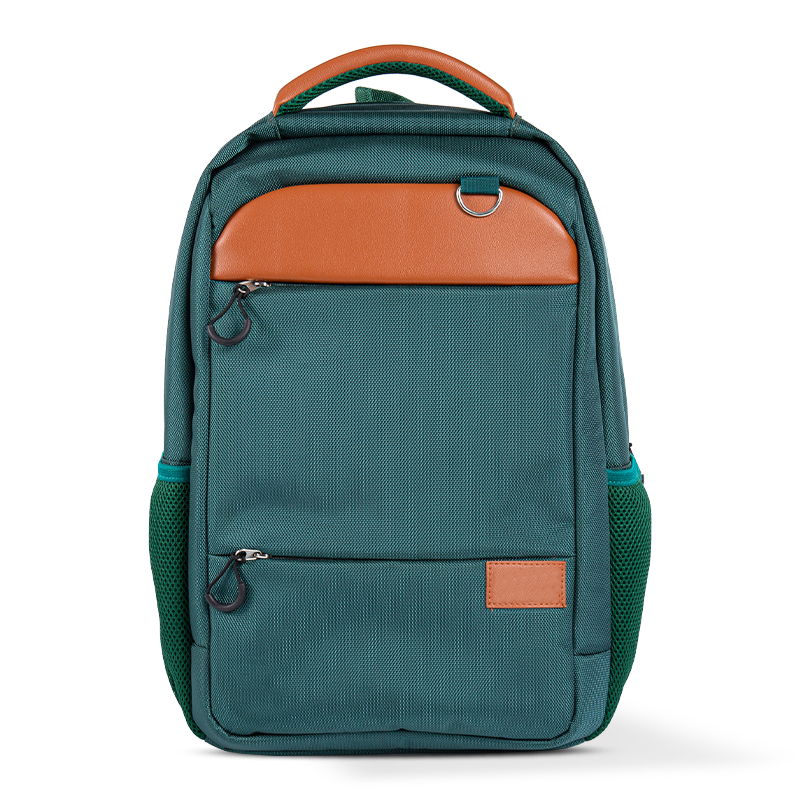

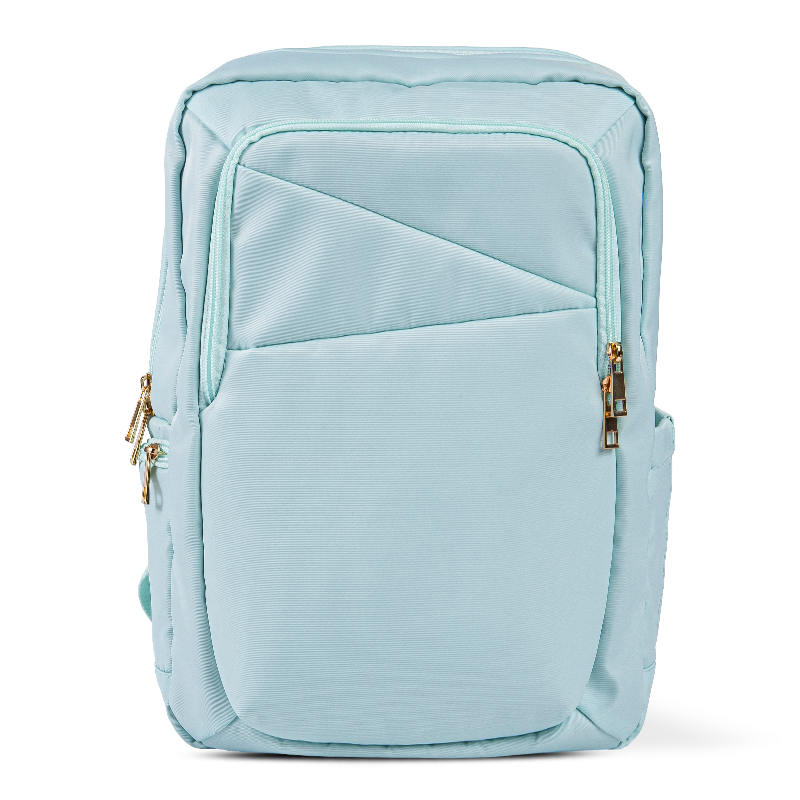
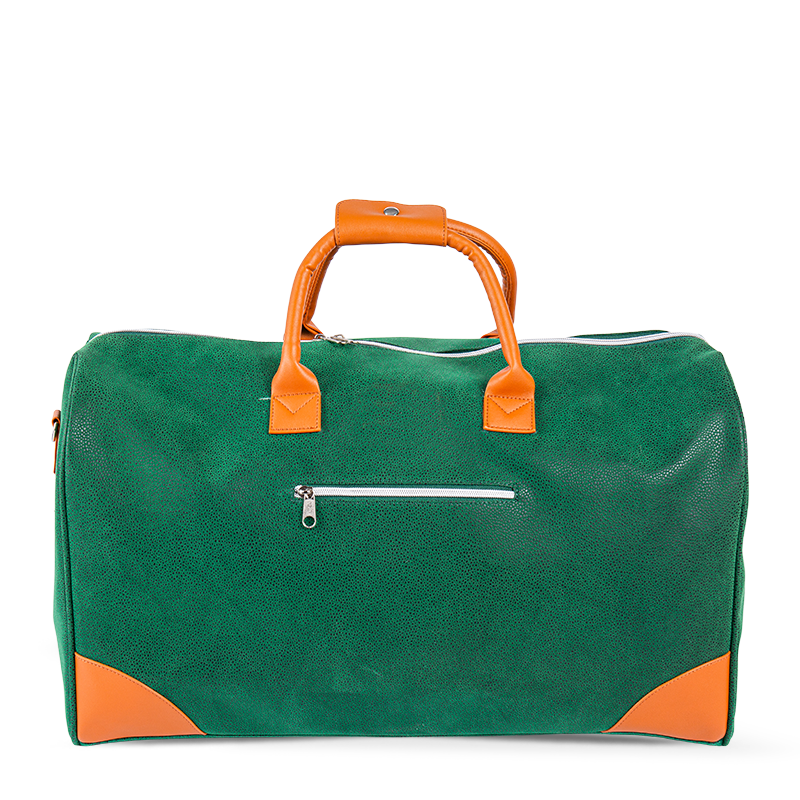
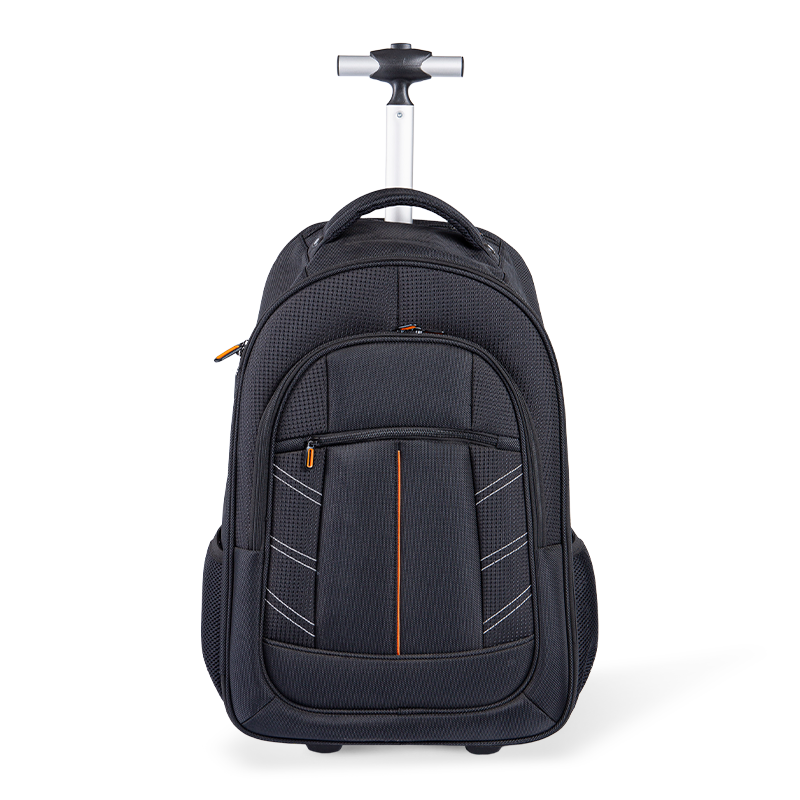

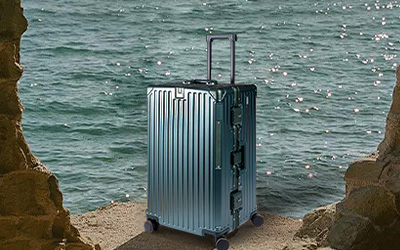
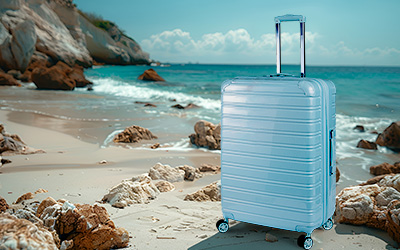
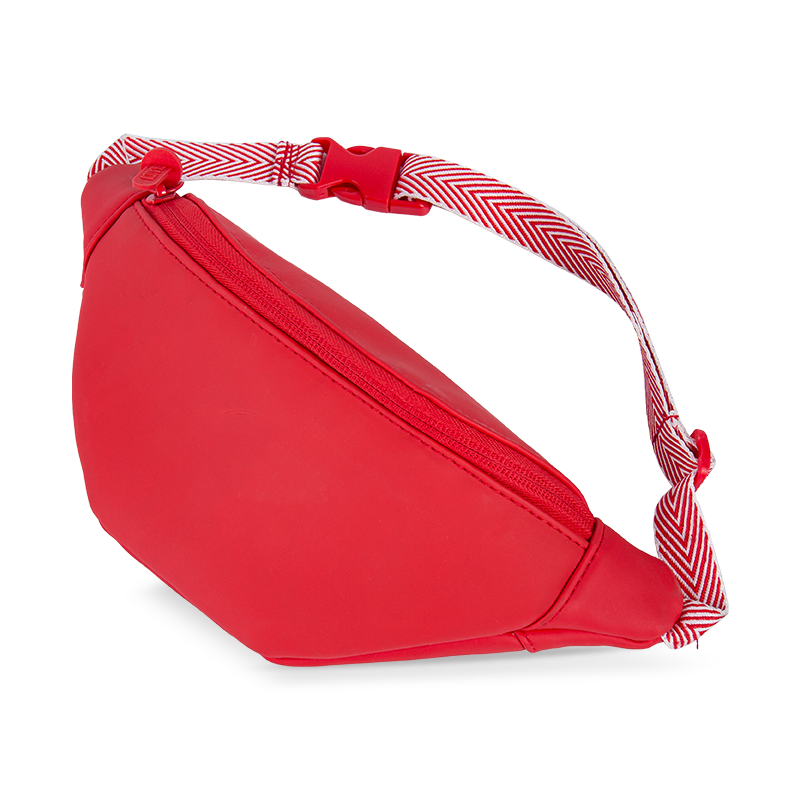
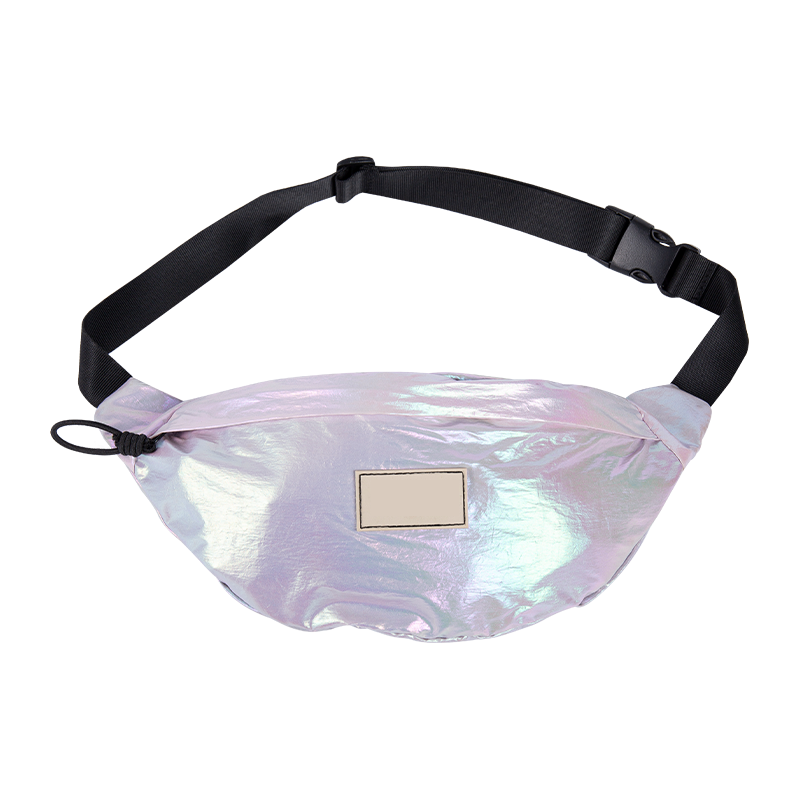
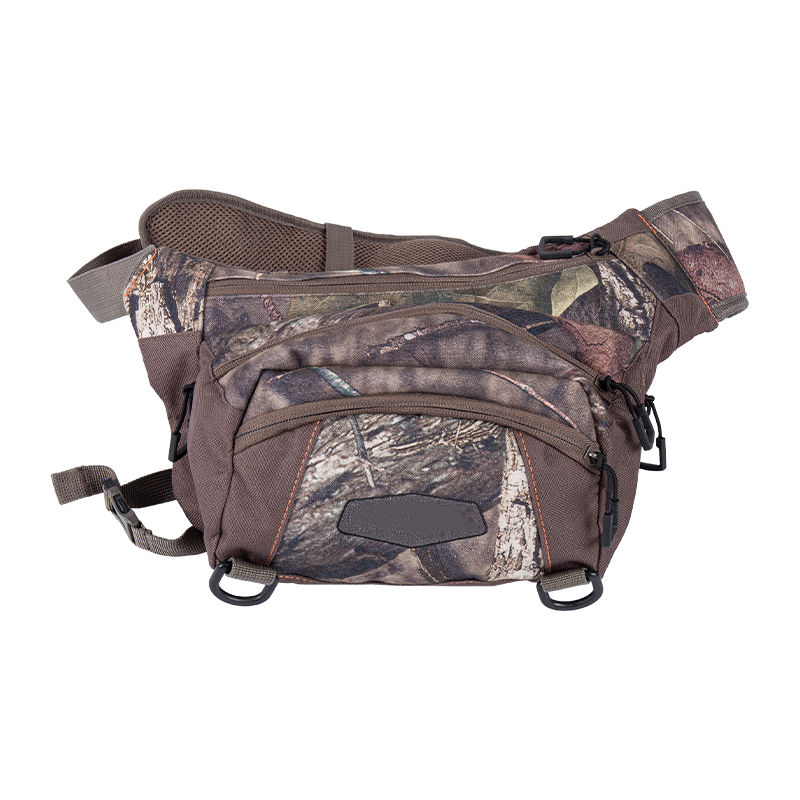



 English
English Español
Español عربى
عربى